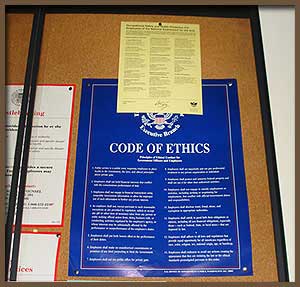Welcome to Online Accounting CPE. We offer hundreds of Fast, Easy and Affordable CPE Hours with:
- Instant CPE Course Downloads, Testing and Certificate Printing!
- Excellent Phone Support from 7a-3p PST Monday through Saturday!
- 100% Money Back Guarantee (Including our Unlimited CPE Subscriptions!)
Choose from any of the CPE course categories below or
BUY A $129 UNLIMITED CPE SUBSCRIPTION
BUY A $129 UNLIMITED CPE SUBSCRIPTION












